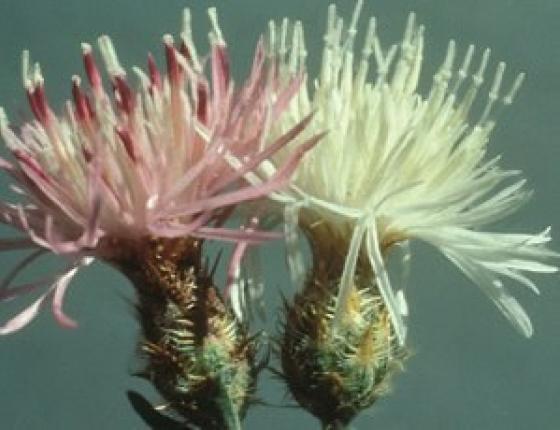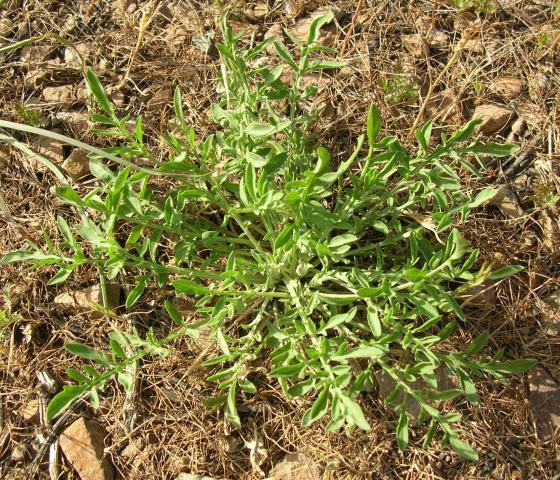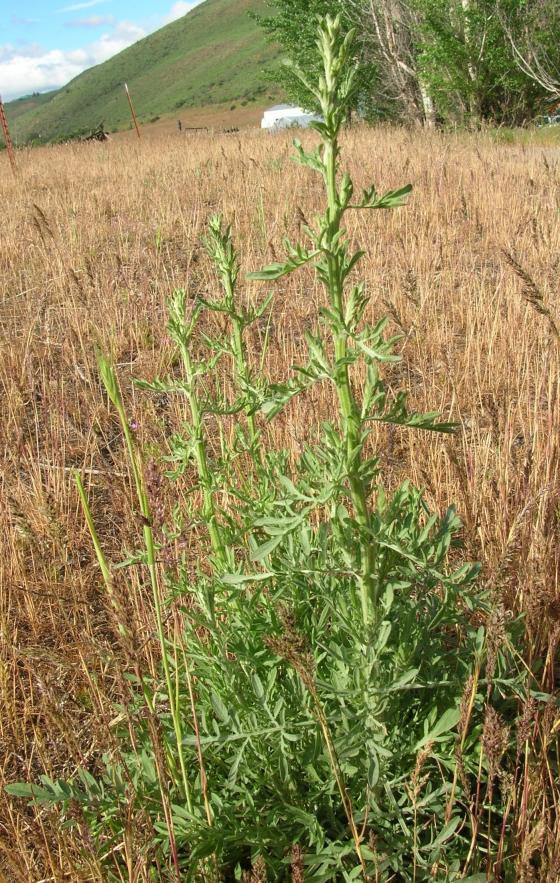Scientific Name: Centaurea diffusa
Family: Asteraceae (Aster or Sunflower Family)
Other common names: barnaby (many folks in the Methow call it this), white knapweed, tumble knapweed
Life Cycle: Biennial; spreads only from seed
Toxicity: Not known to be toxic to animals or human, but all knapweeds contain carcinogens, so it is best to wear gloves when pulling more than one plant.


